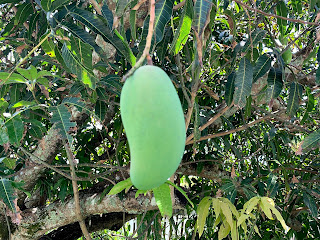Mise en scene: Composition in Film
What is Composition?
Today we learned about another element of Mis en scene: composition. In short, it is the intentive selection of camera angles and other distinctive characteristics of a frame. Additionally, it refers to the relationship between the different elements within a frame. This relation, along with the arrangement of the visual elements, tend to be used to embed hidden messages within the film.
A film composition can be further divided into five distinctive elements: Rule of Thirds, Balance, Framing, Depth of Focus, Depth of Field, and Blocking
Rule of Thirds
Puts more emphasis on the relationship a character has with the other elements in a scene. This element can be a prop, vehicle, or another character. This element of composition is popular because it is pleasing to the eye and reveals the character's role/place in their world society. The rule follows: the most important subjects/visual elements of a scene should intersect in at least one of the intersections if a grid is laid upon the scene's frame.
Balance
Balance relates to how visual weight is distributed in a shot. This is significant because it impacts where the audience is going to direct most of their attention to. can be further divided into asymmetrical and symmetrical balance.
Symmetrical Balance
Refers to when a shot's visual elements are equally distributed and balanced around the axis in the center. It tends to connotate rest, order, uniformity, stillness, and simplicity to the audience.
Asymmetrical Balance
This refers to when a shot's visual element is unequally distributed and unbalanced around the axis in the center. It tends to connotate chaos, life, freedom, surprise, and complexity to the audience.
Framing
Refers to the specific arrangement of subjects in relation to other subjects in a frame. An organized framing can result in an attractive look direct audience attention to the particular visual element.
Framing can be further divided into tight and loose framing.
Tight Framing
Tends to lack space, visual elements touch the edge of the frame. It connotates the idea of captivity, limitation, and/or obstacles.
Loose Framing
Tends have more space and characters have freedom in movement. It connotates freedom, loneliness, loss, or new beginnings.
Depth of Focus
Refers the distance that exists between the people, scenery, and/or props. It reveals the tone of a scene and the character socioeconomic status
Depth of Field
Its the manipulation of the camera which controls the number of visual elements that can be sharply viewed by the audience
Deep Depth of field: allows the audience to see more objects in focus
Shallow Depth of field: The audience can only see a small number of objects in focus
Blocking
The filmmaking technique uses a combination of lines, shapes, and space to show the relationships of characters/visual elements and/or the dynamics that exist between them.
Devices Used: Iphone Xs Camera







Comments
Post a Comment